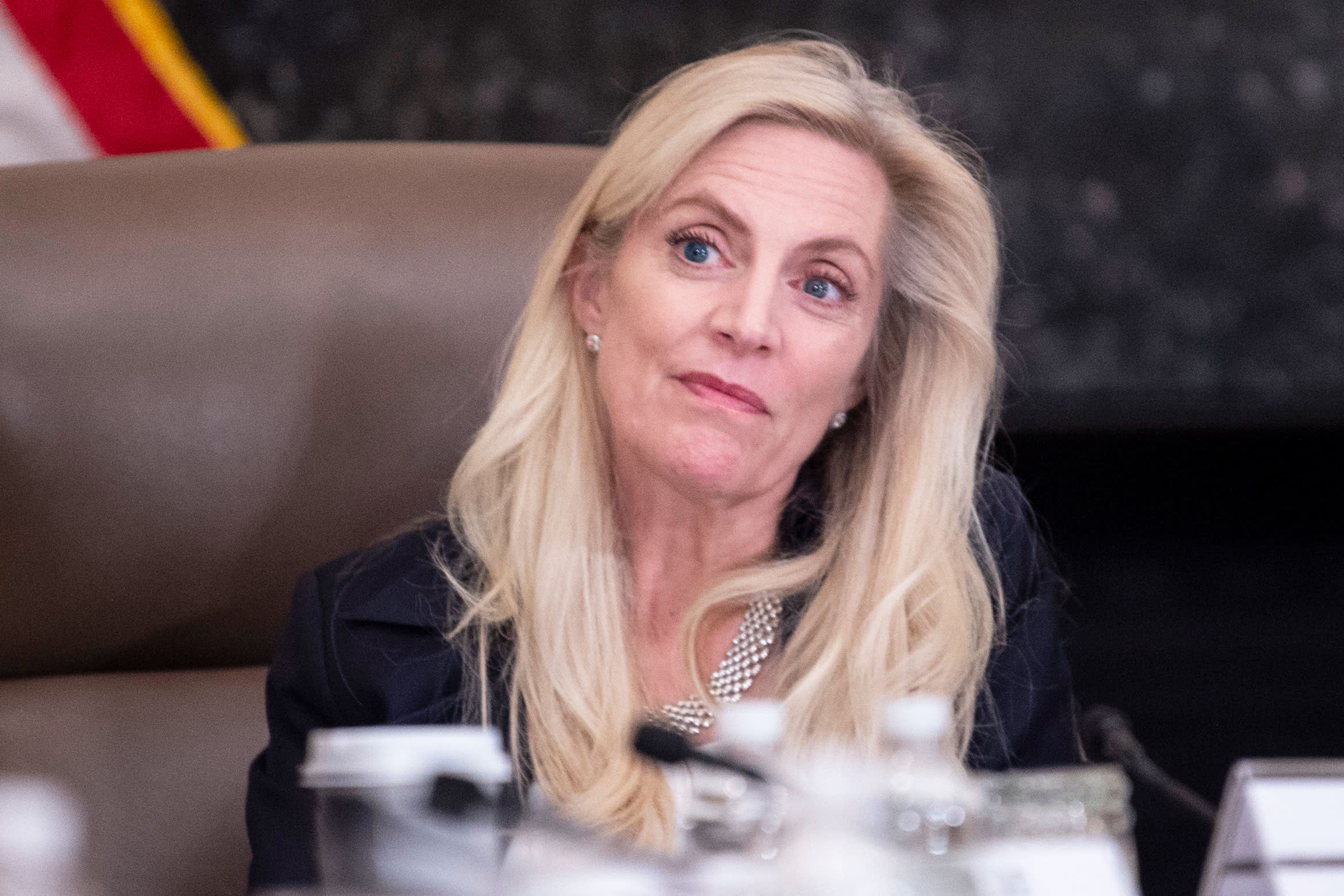Federal Reserve Governor Lael Brainard pressed the case for a digital dollar, saying Monday that a cryptocurrency backed by the central bank could provide a variety of benefits.
Providing financial services to the nearly 1 in 5 Americans considered “underbanked” is one of the advantages Brainard cited in a speech to a conference presented by Coindesk.
She also cited the safety of a Fed-backed system, as well as improvements in efficiency and cross-border payments, or transactions between people in different countries.
While stressing the importance of moving forward carefully, Brainard said the Covid-19 pandemic strengthened the need for a system in which a broad swath of the public has access to well-regulated digital money.
“The Federal Reserve remains committed to ensuring that the public has access to safe, reliable, and secure means of payment, including cash,” she said. “As part of this commitment, we must explore — and try to anticipate — the extent to which households’ and businesses’ needs and preferences may migrate further to digital payments over time.”
Those comments come days after Fed Chairman Jerome Powell announced that the central bank this summer would be releasing a working paper that addresses multiple issues involving Central Bank Digital Currencies.
The Boston Fed and MIT have launched a joint project in which they will set up a hypothetical model, and several other Fed districts also are involved with research of their own.
Essentially, the development of the CBDC would give consumers broader access to electronic currency, the likes of which have been popularized with the use of bitcoin and its myriad peers. China’s central bank has been moving forward with its own project as have various others around the world.
Brainard said the pandemic presented an example of how important developing a Fed-backed currency could be.
When Congress began sending relief payments at the outset, some individuals didn’t get theirs for weeks because they either did not have accounts or their information was not updated with the IRS. A CBDC would help get money more quickly to those people, she said.
“In the United States, the pandemic led to an acceleration of the migration to digital payments as well as increased demand for cash,” Brainard said in prepared remarks. “While the use of cash spiked at certain times, there was a pronounced shift by consumers and businesses to contactless transactions facilitated by electronic payments.”
Brainard noted, without naming specific cryptocurrencies, that alternate payment systems present multiple problems, including potential fraud.
“In contrast, a digital dollar would be a new type of central bank money issued in digital form for use by the general public,” she said. “By introducing safe central bank money that is accessible to households and businesses in digital payments systems, a CBDC would reduce counterparty risk and the associated consumer protection and financial stability risks.”
The Fed has not set a timetable for its currency. The FedNow Service, which would be a payments system that in some ways would resemble a digital dollar, is expected to come in line in two years.
Become a smarter investor with CNBC Pro.
Get stock picks, analyst calls, exclusive interviews and access to CNBC TV.
Sign up to start a free trial today.
